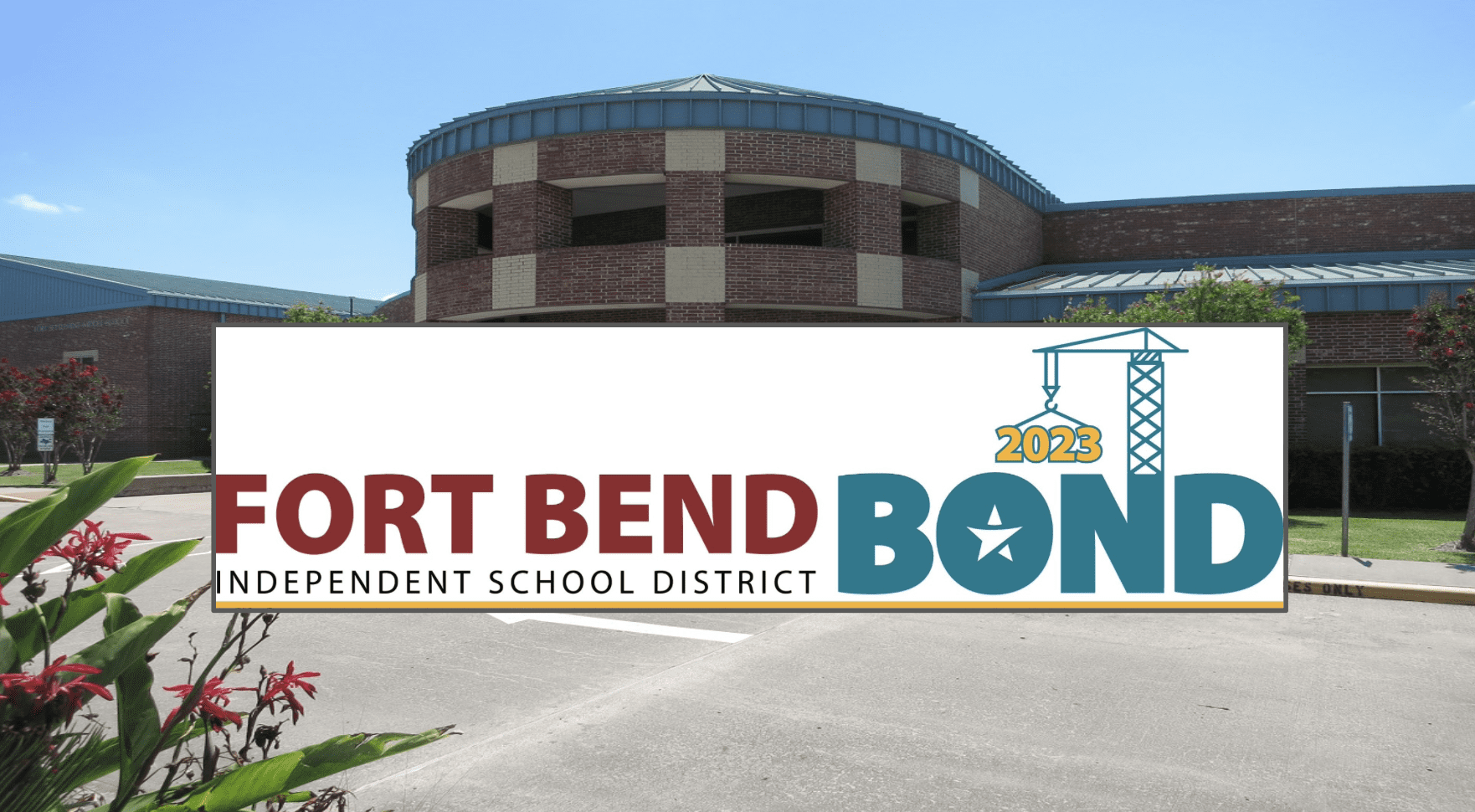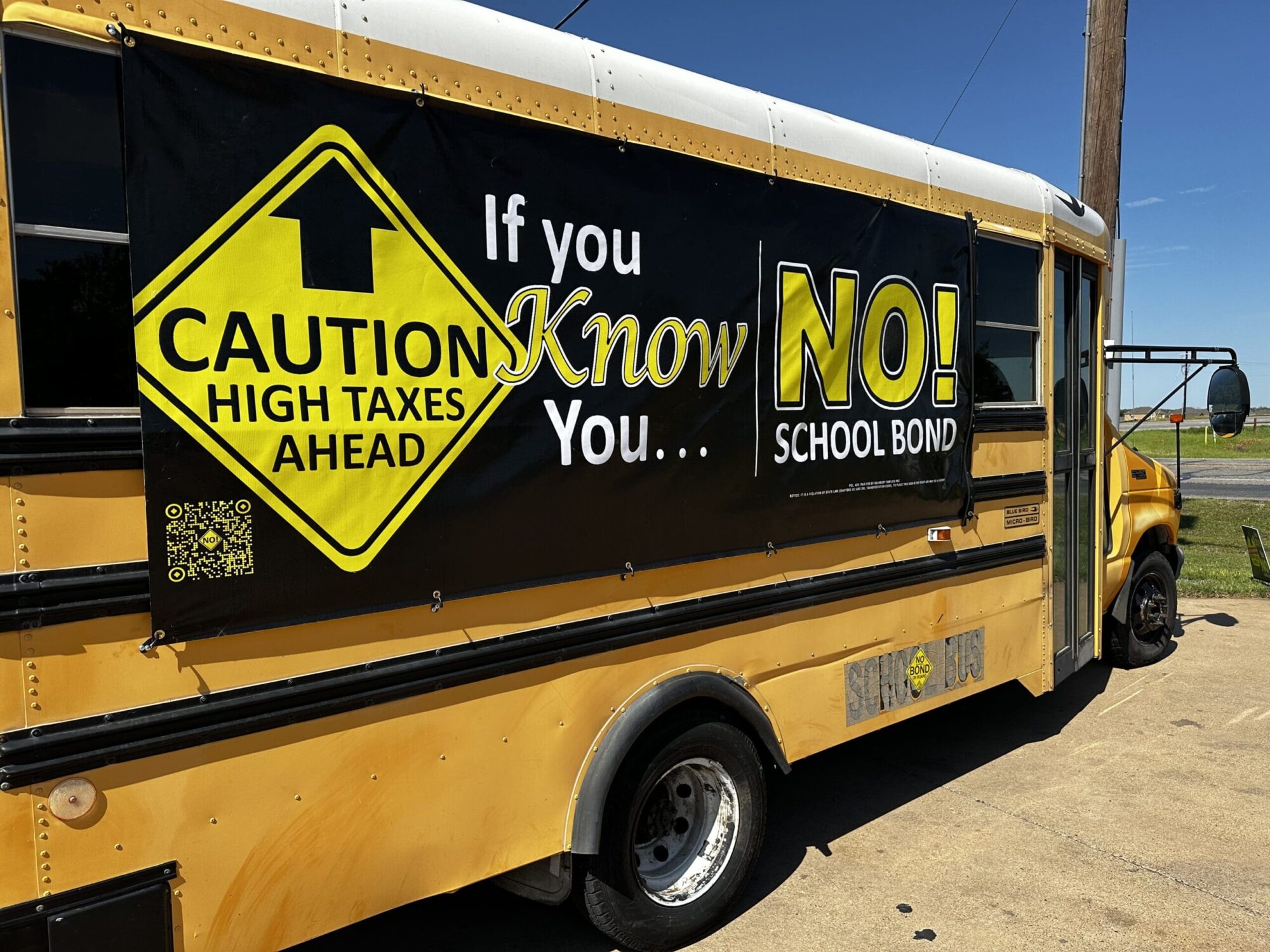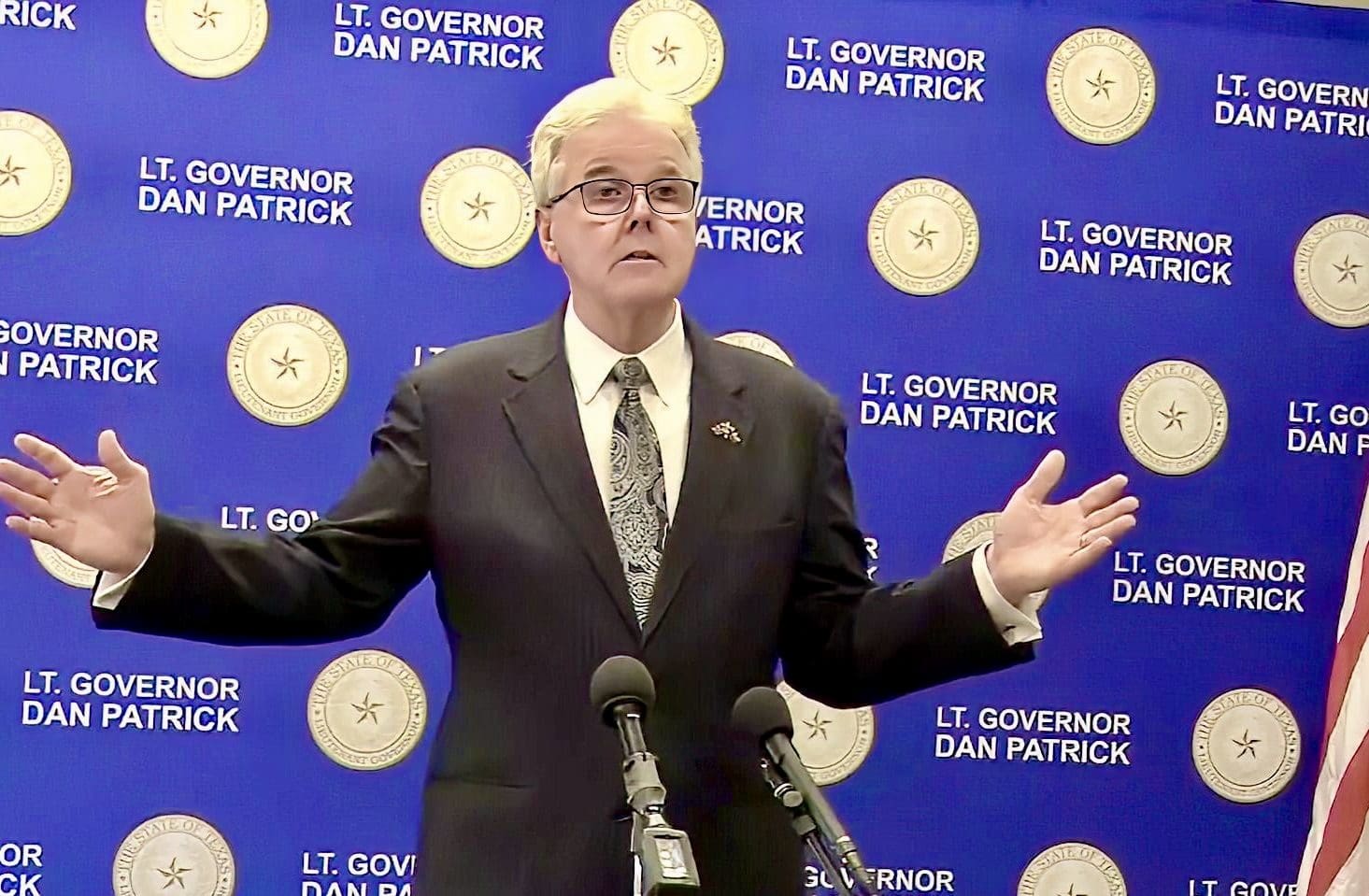Total property taxes paid by Texans actually rose from 20.3 billion in 2005 to 22 billion in 2007, despite the 2005 school property tax rate cuts, according to a new study. Thus, property tax collections have increased 8.4%, more than the 4.4% increase in state’s population during this period, and now we have the new business margins tax.
Though the 4% per person increase in property tax collections from 2005 to 2007 is less than the 6.1% inflation rate during those two years, this is a far cry from the large property tax cut many Texans expected.
This isn’t the headline of the Austin American-Statesman story on this new report by the Texas Taxpayer and Research Association. The report and the story instead emphasize that Texans would have paid an additional $7 billion in school property taxes had the school property tax rate cuts not been enacted in 2005. So the consolation is it could have been much worse.
Nonetheless, the report does a good job of explaining the factors that have contributed to this result. Of course, the elephant in the room is out-of-control apprasial increases that have offset much of the rate cut. Among the findings, the average assessed home value rose 7.5% from 2005 to 2007 while the average home sales price rose 5.2%, a disturbing disparity. Worse, business appraisals rose by 13% during this time while economic output increased only 8% – clearly an unsustainable trend.
Furthermore, many school districts raised their tax rates to the new cap of $1.17 so school taxes in most cases were not actually bought down to a $1 and kept there.
Also, from 2005 to 2007, taxes needed to repay school bonds increased by $900 million to a total of $3.3 billion — a 37% increase. The report notes that this share of the property tax burden will increase “dramatically” again due to record bonds being approved in 2007. The rate cut affected only maintenance and operation rate (M&O) not the debt portion of school property tax cuts for which few districts have reached the .5 cap, leaving plenty of room for higher taxes.
A major piece of the puzzle is that the state rate buydown only affected school property taxes and the 47% of the property tax burden attributable to other local government entities has increased due in part to rate increases. Too many local governments grew excessively instead of tightening their belts, increasing their spending by 11 to 12% over this period, compared to 7 to 8% increases in the previous decade, which translated into higher property taxes.
The bottom line is that Texans have not enjoyed a substantial decline in property taxes since 2005. And now Texans are paying more for products and services as the new business tax is passed through to customers and/or perhaps receiving lower pay than they would otherwise if their employer pays the tax. All of this indicates the need to make sure that lion’s share of the state surplus for the next biennium – which could be as high as $15 billion – is, once and for all, returned to taxpayers.
Statesman story: https://www.statesman.com/news/content/region/legislature/stories/08/15/0815taxes.html
TTARA report: https://alt.coxnewsweb.com/statesman/pdf/08/081508taxes_ReliefReport.pdf



